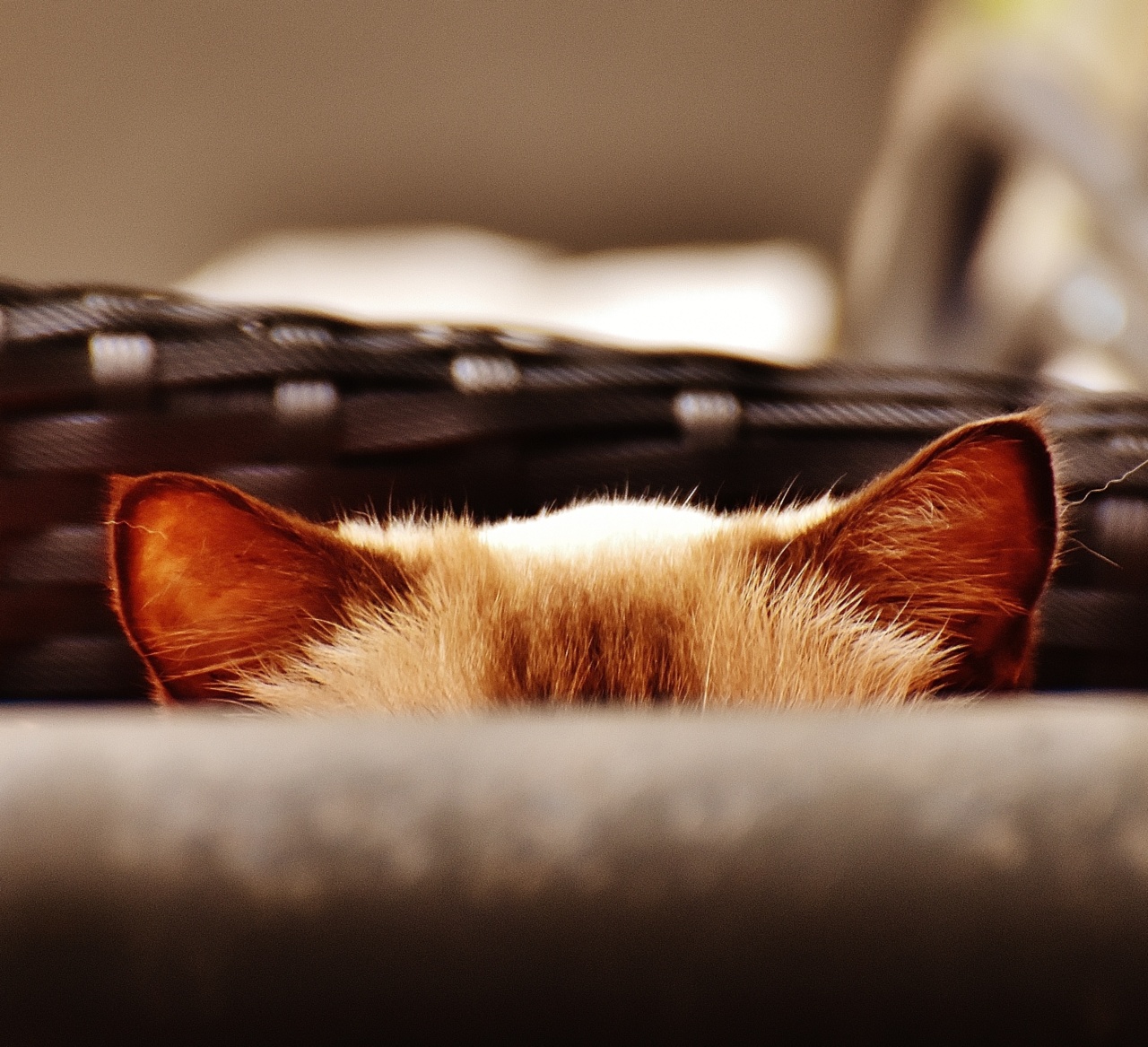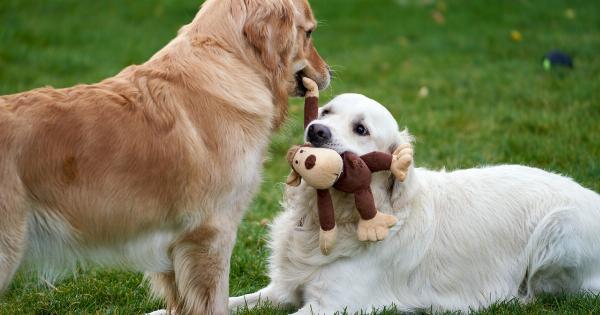Playing tug of war with your pet can be a fun and engaging activity for both of you. It allows you to bond with your furry friend and provide them with mental and physical stimulation.
However, there are some hidden dangers associated with this seemingly harmless game that pet owners should be aware of. In this article, we will explore the potential risks of tug of war and how to mitigate them for the safety and well-being of your pet.
1. Dental Damage
Tug of war involves your pet using their teeth to grip and pull on a toy or rope. While it can strengthen their jaw muscles, it can also damage their teeth if not done correctly.
During an intense tug, your pet may accidentally bite down on the toy or rope, leading to fractures, chipped teeth, or even tooth loss.
To prevent dental damage, ensure that the toy you use is specifically designed for dogs or cats. These toys are usually made from durable materials that can withstand the pulling forces.
Avoid using old socks, clothing, or any other inappropriate items that can easily tear apart and potentially harm your pet’s teeth.
2. Strain on Joints and Muscles
Tug of war requires your pet to pull and exert force on their joints and muscles. While this can be a great exercise, it can also lead to injuries if not performed safely.
Larger breeds or older pets are more susceptible to strains, sprains, or even ligament tears when engaging in intense tug of war sessions.
To reduce the risk of joint or muscle injuries, keep the game of tug of war moderate and controlled. Avoid sudden or jerky movements that could put excessive stress on your pet’s body.
Furthermore, it is important to know your pet’s physical limitations and avoid prolonged sessions that can result in fatigue or overexertion.
3. Aggressive Behavior Reinforcement
Tug of war is a competitive game, where your pet may become engrossed in the excitement of winning. While this can be harmless in most cases, it can reinforce aggressive behavior in certain pets.
Some dogs, especially those with a predisposition to aggression, may become possessive of the toy and exhibit territorial behavior.
To prevent aggressive behavior reinforcement, establish clear rules and boundaries during tug of war play.
Teach your pet to “drop it” or “leave it” on command, ensuring that they understand that the game starts and stops at your discretion. This way, you can maintain control over the game and prevent any unwanted aggression from developing.
4. Risk of Swallowing Foreign Objects
During an intense game of tug, it is not uncommon for toys or parts of them to break apart. If your pet accidentally swallows a piece of the toy, it can lead to choking, intestinal blockage, or other serious medical emergencies.
This risk is especially high when playing with small or poorly constructed toys.
Always supervise your pet during tug of war sessions and regularly inspect the toys for signs of wear and tear. Ensure that the toys are sturdy and do not have any small or easily detachable parts that your pet can swallow.
If you notice any damage to the toy, replace it immediately to prevent any potential swallowing hazards.
5. Reinforcing Bad Habits
Tug of war can inadvertently reinforce undesirable behaviors in your pet if not properly managed. For example, if your pet tends to jump up on people, allowing them to play tug of war as a reward can inadvertently encourage this behavior.
Additionally, if your pet consistently wins the game, they may perceive this as a way to assert dominance over you or other family members.
Make sure to establish clear rules and boundaries before starting the game. Your pet should only engage in tug of war after displaying desired behaviors, such as sitting or staying calm.
If your pet becomes too dominant or aggressive during the game, it is crucial to immediately stop and address the behavior to avoid reinforcing any negative habits.
6. Lack of Focus on Training
Tug of war can sometimes become the sole focus of playtime, diverting attention away from important training exercises. While it is an enjoyable activity, it is essential to strike a balance between play and training for a well-rounded pet.
Overindulging in tug of war sessions without proper training can result in a pet that excels at tugging toys but lacks basic obedience skills.
Integrate training exercises into your playtime routine to ensure a holistic approach to your pet’s development.
Use breaks during or after the game to practice commands such as “sit,” “stay,” or “fetch.” By combining training with play, you can strengthen the bond with your pet while fostering good behavior and mental stimulation.
7. Increased Aggression towards Humans
While tug of war is usually a harmless game, it can unintentionally lead to increased aggression towards humans if not managed correctly. Some pets may have difficulty distinguishing between the game and a real-life tugging situation.
This can result in accidental nips or bites, especially if your pet gets too excited during play.
To minimize the risk of increased aggression, establish clear rules and boundaries from the beginning. Teach your pet to release the toy when you say “drop it” or “leave it,” ensuring they understand that you are in control.
If your pet displays any signs of aggression, such as growling or snapping, immediately stop the game and seek professional guidance from a qualified animal behaviorist.
8. Inconsistency and Confusion
Playing tug of war can inadvertently create inconsistency and confusion for your pet, particularly if different family members enforce different rules.
If one person allows your pet to tug forcefully while another discourages it, this mixed messaging can be confusing for your pet.
To avoid inconsistency and confusion, establish a set of rules that all family members adhere to when playing tug of war.
This consistency will help your pet understand what is acceptable behavior during the game and prevent any confusion or frustration that may lead to behavioral issues.
9. Overstimulation and Hyperactivity
Tug of war is an exciting and fast-paced game that can lead to overstimulation and hyperactivity in some pets. If your pet becomes overly excited during play, it can be challenging to regain their attention or calm them down afterward.
This overexcitement can hinder their ability to focus on other training exercises or tasks.
To prevent overstimulation and hyperactivity, set a limit on the duration of tug of war sessions. Take regular breaks during the game to allow your pet to calm down and refocus their attention.
It is important to establish a balance between high-energy playtime and times of relaxation to maintain a well-rounded temperament in your pet.
10. Toy Obsession and Resource Guarding
Some pets may develop an unhealthy obsession with their tug of war toys, leading to resource guarding behavior. This means that they become possessive and protective of the toy, potentially becoming aggressive if anyone tries to take it away.
Resource guarding can pose a serious risk to the safety and well-being of both your pet and others.
Monitor your pet’s behavior during tug of war play and be mindful of any signs of resource guarding. These signs may include growling, snapping, or refusing to release the toy.
If you notice resource guarding tendencies emerging, consult with a professional animal behaviorist to address the issue and implement appropriate behavior modification techniques.
Conclusion
While tug of war can be an enjoyable and stimulating game for both you and your pet, it is crucial to be aware of the potential hidden dangers associated with it.
By understanding and mitigating these risks, you can ensure that tug of war remains a safe and enriching activity for your furry friend. Remember to choose appropriate toys, set clear rules and boundaries, supervise playtime, and prioritize proper training to foster a healthy and well-balanced pet.




























